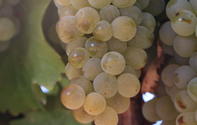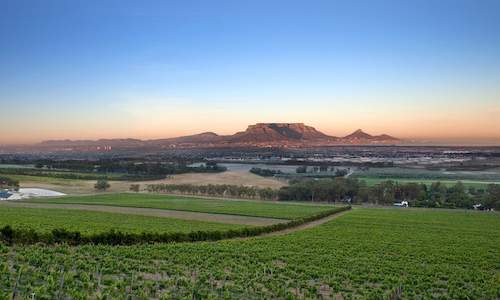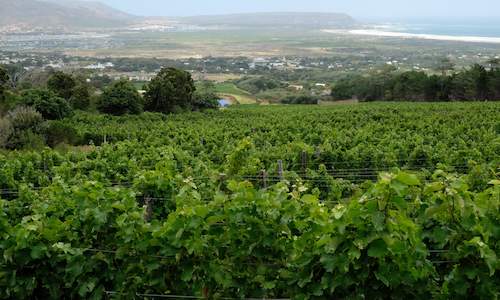Description
Sauvignon blanc produces white wines with distinct green and herbaceous flavours. The name means “wild white” in French and the variety is believed to be a descendant of the ancient Traminer family. It is one of the most widely planted varieties in the world.
Origins
It has been grown in France since the 18th Century and became renowned for its use in wines from Bordeaux and the Loire Valley.Other Names
It is known as Feigentraube in Germany, Muskat Silvaner in Austria, Fumé Blanc in the United States, Sauvignon in Cyprus, Portugal, Italy, Czech Republic, Slovakia and Slovania and Sauvignon Gros in Romania.Production in South Africa
It is uncertain when Sauvignon blanc entered South Africa, but it was definitely planted at Groot Constantia by the late 1880s. The poor quality of planting material resulted in many of these vines being uprooted in the 1940s. The variety gained popularity in the 1970s, when virus-free material became available from the Agricultural Research Centre at Nietvoorbij. Today, it one of the five most planted varieties in the country.Production Regions
The vines thrive on medium potential soils in cooler climatic regions. It is produced in all the wine producing regions of South Africa, with Stellenbosch accounting for the biggest area under production, followed by Robertson, the Swartland and Worcester. It is the most planted variety in the Cape South Coast.Growth and Ripening
The variety is a moderate to vigorous grower, with an average production potential of 9 t/ha to 13 t/ha. Grapes ripen from early mid-season, around mid-February.
Berries and Leaves
Berries are a greenish yellow colour, medium to small sized and short oval shaped. The skin is thin and soft, while the flesh is juicy with a distinctive grassy taste. Leaves are dark green, medium to small sized, round and five-lobed.


 De Grendel is a wine estate of principle. Their famous family lineage, ethical farming practices and love for crafting exceptional wine are ...
De Grendel is a wine estate of principle. Their famous family lineage, ethical farming practices and love for crafting exceptional wine are ... Sauvignon Blanc is very important to the South African wine industry; it is our bestselling varietal white wine....
Sauvignon Blanc is very important to the South African wine industry; it is our bestselling varietal white wine....